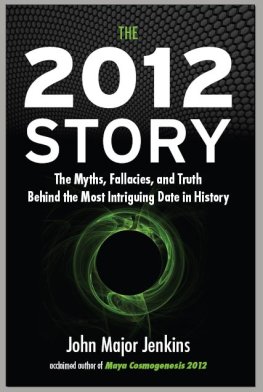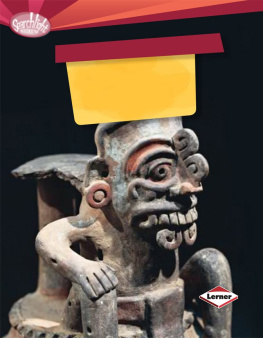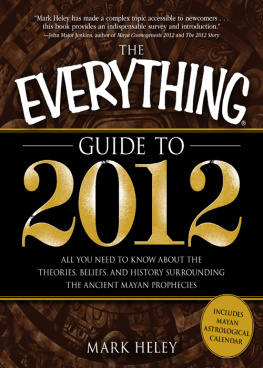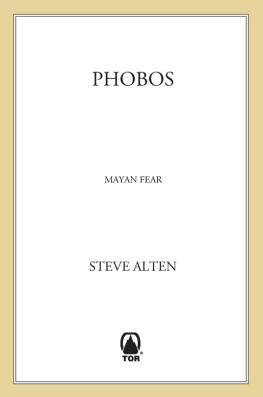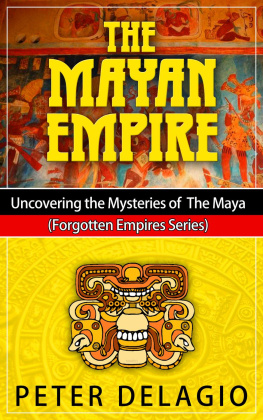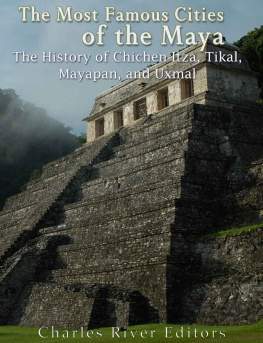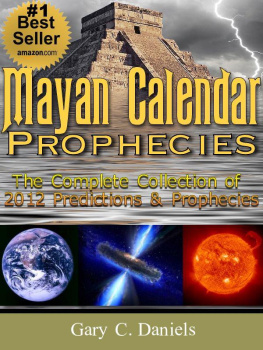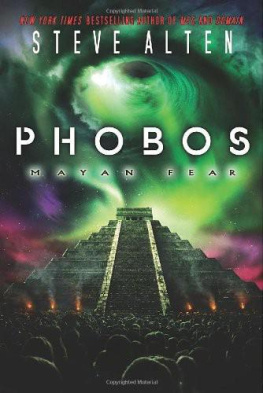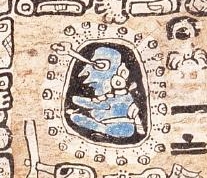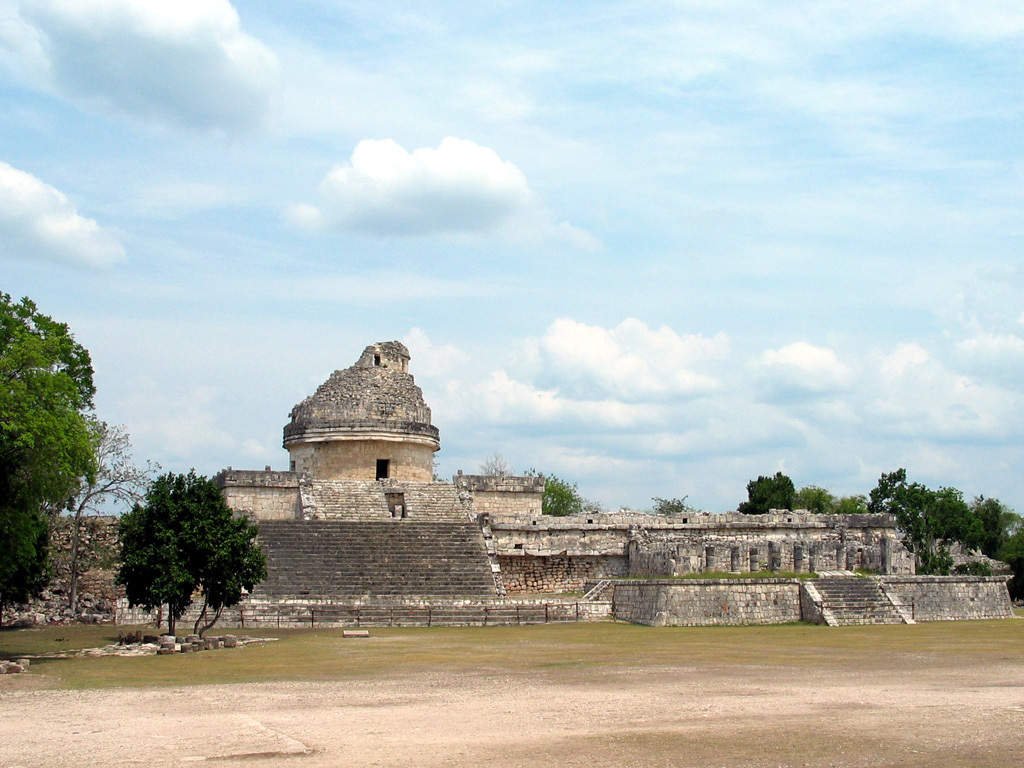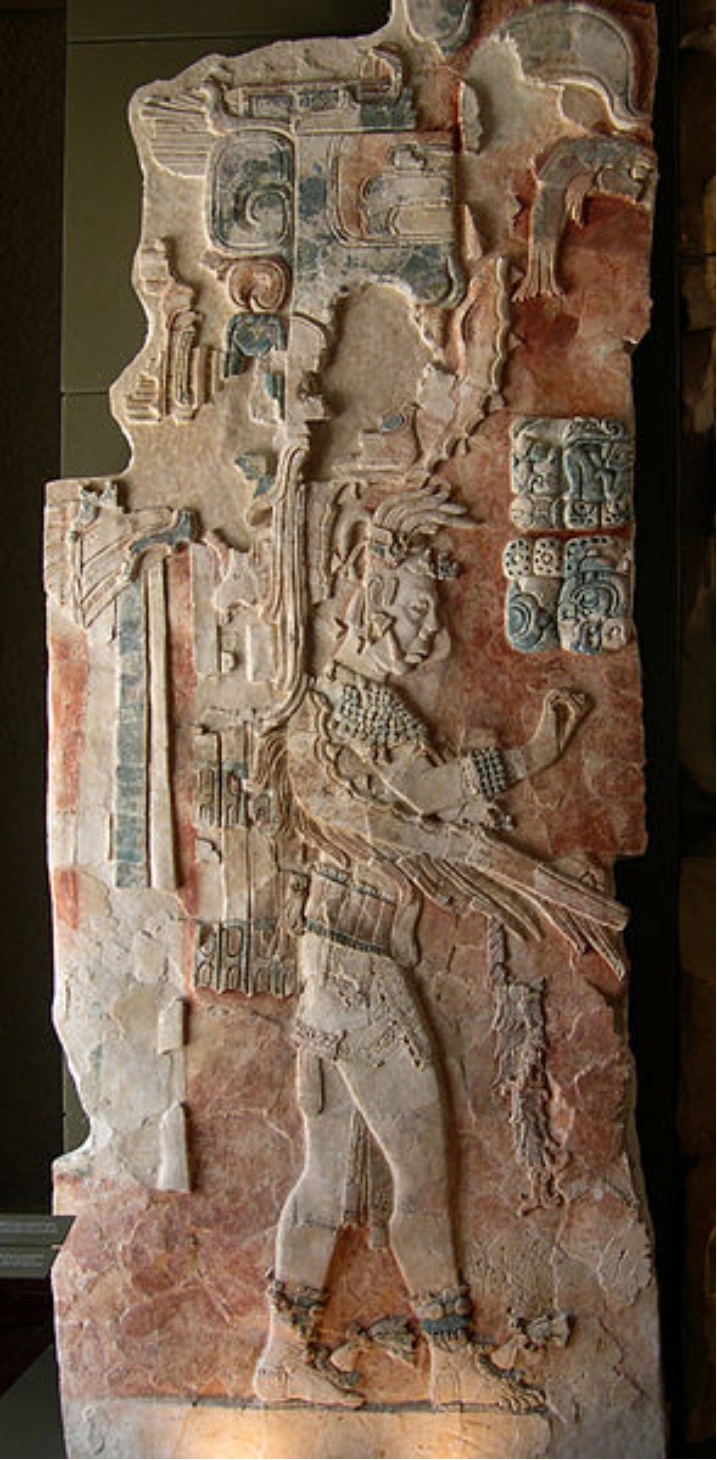Charles River Editors - Mayan Astronomy: The History of the Maya’s Measurements of the Planets and Stars
Here you can read online Charles River Editors - Mayan Astronomy: The History of the Maya’s Measurements of the Planets and Stars full text of the book (entire story) in english for free. Download pdf and epub, get meaning, cover and reviews about this ebook. year: 2021, publisher: Charles River Editors, genre: Religion. Description of the work, (preface) as well as reviews are available. Best literature library LitArk.com created for fans of good reading and offers a wide selection of genres:
Romance novel
Science fiction
Adventure
Detective
Science
History
Home and family
Prose
Art
Politics
Computer
Non-fiction
Religion
Business
Children
Humor
Choose a favorite category and find really read worthwhile books. Enjoy immersion in the world of imagination, feel the emotions of the characters or learn something new for yourself, make an fascinating discovery.

- Book:Mayan Astronomy: The History of the Maya’s Measurements of the Planets and Stars
- Author:
- Publisher:Charles River Editors
- Genre:
- Year:2021
- Rating:5 / 5
- Favourites:Add to favourites
- Your mark:
Mayan Astronomy: The History of the Maya’s Measurements of the Planets and Stars: summary, description and annotation
We offer to read an annotation, description, summary or preface (depends on what the author of the book "Mayan Astronomy: The History of the Maya’s Measurements of the Planets and Stars" wrote himself). If you haven't found the necessary information about the book — write in the comments, we will try to find it.
*Includes a bibliography for further reading
*Includes a table of contents
Many ancient civilizations have influenced and inspired people in the 21st century, and the Greeks and Romans continue to fascinate the West today, but of all the worlds civilizations, none have intrigued people more than the Mayans, whose culture, astronomy, language, and mysterious disappearance all continue to captivate people. In the past decade especially, there has been a renewed focus on the Mayans, whose advanced calendar led many to speculate the world would end on the same date the Mayan calendar ended in 2012.
The focus on the doomsday scenario, however, overshadowed the Mayans true contributions to astronomy, language, sports, and art. While many incorrectly presume that the Maya were predicting the world to end on that date, it is not a coincidence that their calendar ended on the winter solstice. The Maya developed a sophisticated method of calculating and creating a calendar that is astonishing even by todays standards, and their advancements in applied mathematics not only has intrigued archaeologists but has been incorporated into the beliefs of New Agers and modern apocalyptic doomsayers. In the history of arithmetic, their use of zero stands as a milestone of great significance, which placed them ahead of contemporary Europeans. In Europe, this essential concept was not part of the canon of calculation until the Renaissance.
For the Maya, astronomy was not a purely scientific pursuit but intimately linked to religious, mythological, and ideological elements that were of the highest importance. The celestial realm held a sacred nature, as did the many gods and goddesses that dwelt there, so for all Mesoamerican cultures, astronomy was a fundamental part of their everyday lives. Thus, astronomy was present in their calendars, religion, and even agriculture, and in close relation to astronomy, the concept of time was also an essential part of their worldview. The Maya recorded time on almost every surface they could, including lintels, cornices, panels, stelae, friezes, ceramics, and paper. This insistence on capturing dates has led many scholars to suggest the Maya were obsessed with time.
The Maya had some of the most advanced astronomical measurements in the world, and their work built upon thousands of years, spanning from around 2500 BCE until the the arrival of the Spanish in 1519. Thanks to their hieroglyphic writing, archaeologists have been able to learn a wealth of information about the way they lived and their complex system of beliefs. Susan Milbrath, a leading expert on Mayan astronomy, noted that the study of Pre-Columbian Maya astronomical imagery must begin with an understanding of the contemporary Maya worldview, because we cannot hope to penetrate the ancient beliefs without an understanding of what the Maya say about the heavens today. Many contemporary Mayans still use one or several of the ancient calendars, as well as Precolumbian rituals and astronomical cycles.
Mayan Astronomy: The History of the Mayas Measurements of the Planets and Stars examines what is known and unknown about the Mayas astronomy, and why their astronomy was among the most accurate in the world. Along with pictures and a bibliography for further reading, you will learn about Mayan astronomy like never before.
Charles River Editors: author's other books
Who wrote Mayan Astronomy: The History of the Maya’s Measurements of the Planets and Stars? Find out the surname, the name of the author of the book and a list of all author's works by series.







